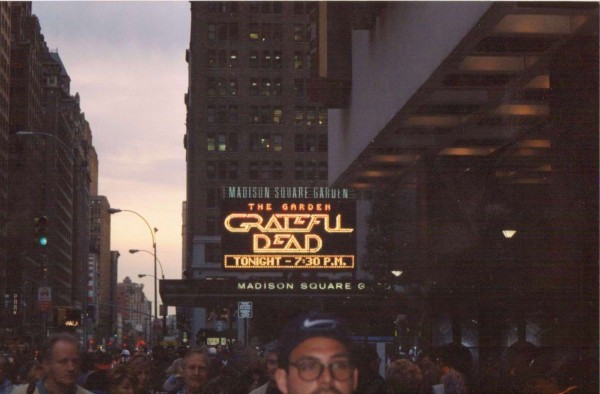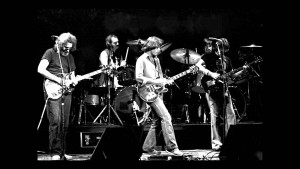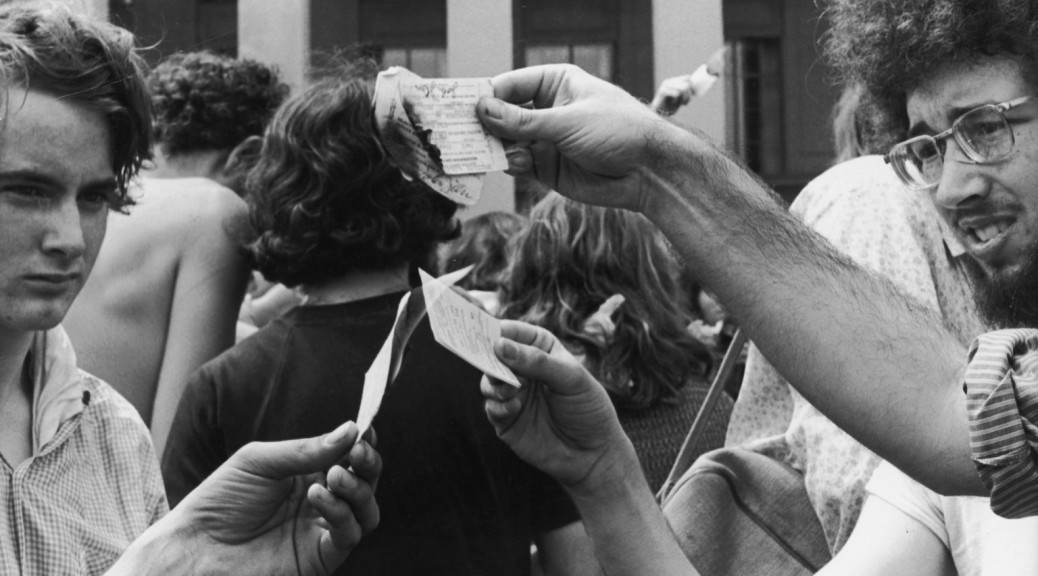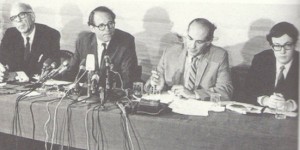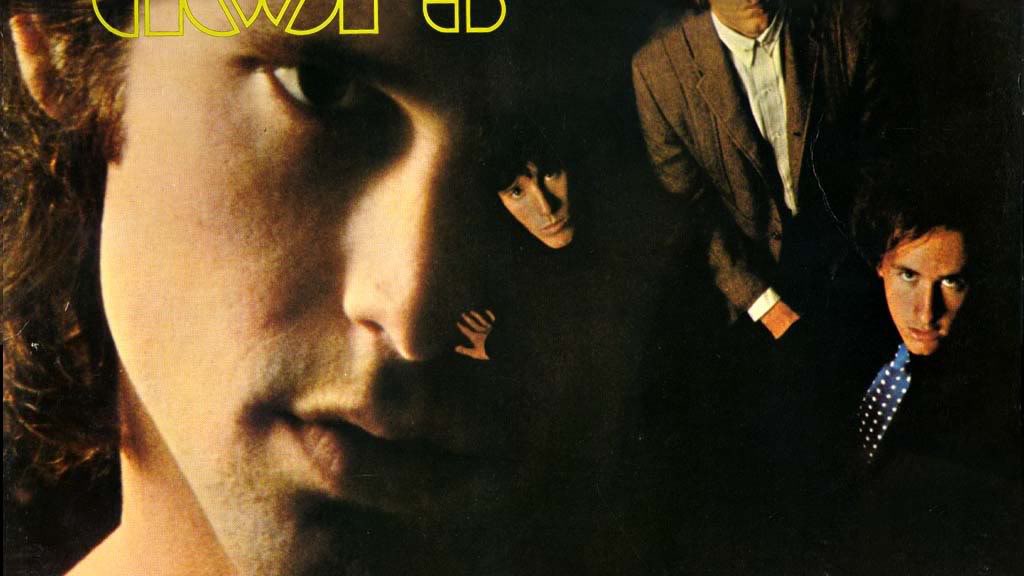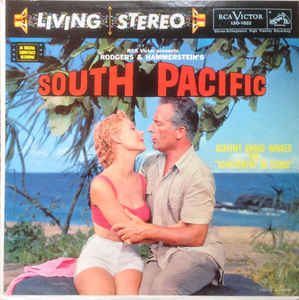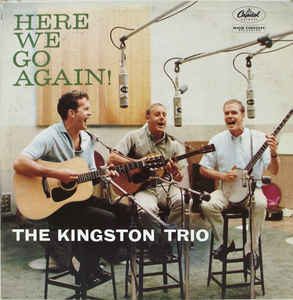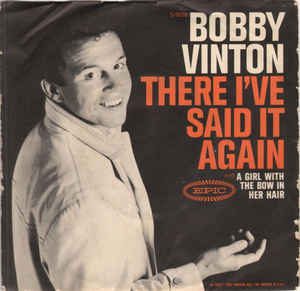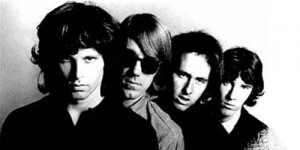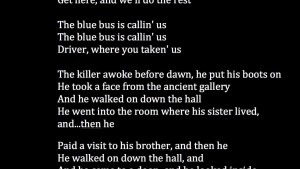The Grateful Dead played 2,318 shows.
On January 7, 1979 they played the first of the 52 shows they’d perform at New York City’s fabled Madison Square Garden. (The Dead also played 5 shows at Madison Square Garden’s Felt Forum)
They played more often at only two other venues: Winterland, (60 times) and the Oakland-Alameda County Arena (66 x)
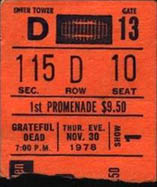
The first Garden show was rescheduled from November 30, 1978 and thanks to the ever vigilant Deadheads, we know the set list:
| One | Jack Straw [6:08] ; They Love Each Other [7:48] ; Cassidy [5:00] ; Jack-A-Roe [5:16] ; Looks Like Rain [7:57] ; Tennessee Jed [8:27] ; El Paso [4:19]; Stagger Lee [6:42] ; Passenger [5:07] | ||
| Two | I Need A Miracle [7:03] > Shakedown Street [10:00] ; From The Heart Of Me [3:42] ; Estimated Prophet [10:38] > Eyes Of The World [9:42] > Drums [4:55] > Space [4:11] > Not Fade Away [13:09] > Black Peter [11:34] > Around And Around [6:03] | ||
| Encore | Good Lovin’ [7:37] | ||
Grateful Dead Play MSG
Recorded
And like pretty much every Dead show, fans were there to tape it. Bob Wagner’s (transferred by the legendary Charlie Miller) is a great audience recording which the amazing Internet Archive has for you to listen to: AUD of show
AUDs sometimes have their clicks and gaps, but they can can be more fun to listen to than a soundboard recording because, if well done, you are right there with band’s sound.
Grateful Dead Play MSG
Madison Square Garden
The Dead also played the Garden the next night, a common occurrence. And only Good Lovin’ was repeated. Another common feature of the ever-changing Dead setlists.
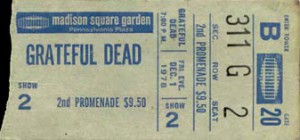
Set list? Of course.
| One | Mississippi Half-Step Uptown Toodeloo [9:37] > Franklin’s Tower [9:56] ; New Minglewood Blues [5:04] ; Candyman [7:07] ; Me And My Uncle [2:56] > Big River [5:28] ; Friend Of The Devil [10:02] ; It’s All Over Now [8:19] ; Brown Eyed Women [5:09] ; Lazy Lightnin’ [3:34] > Supplication [7:43] | ||
| Two | Scarlet Begonias [11:43] > Fire On The Mountain [10:16] ; Samson And Delilah [7:09] ; Terrapin Station [12:18] > Playing In The Band [13:25] > Drums > The Other One [8:23] > Wharf Rat [10:52] > Good Lovin’ [6:27] | ||
| Encore | U.S. Blues [5:31] | ||
Bob Wagner was there again. Charlie Miller has transferred it, again. click >>> January 8 Dead AUD
Grateful Dead Play MSG
Here’s a link to the entire list of MSG Dead shows. How many did you attend?

